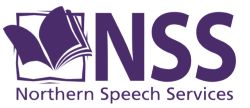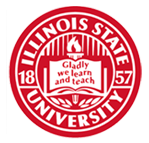Abstract
Audacity is a multi-platform free, open-source audio recorder and editor software. The advantage of Audacity software is as follows: easy installation and simple visual interface, no registrations or hardware requirements, and availability at no cost might make it a preferred software to carry out class demonstrations and lab activities for an undergraduate course in the Communication Sciences and Disorders discipline. The tutorial aims to illustrate how Audacity software can be used to demonstrate various psychoacoustic phenomena commonly taught in undergraduate Hearing Science courses. This tutorial is divided into fundamental and advanced concepts from the pedagogy and student learning standpoint. The fundamental concepts involve using sine waves to demonstrate frequency, amplitude, and phase related to auditory perception. The advanced concepts include the generation of complex periodic non-speech signals, wave superposition, beats, missing fundamental frequency, demonstration of different filters, and amplitude and frequency modulation. Future research is needed to evaluate the benefits of using Audacity software for psychoacoustical demonstrations in an undergraduate Hearing Science course.
Recommended Citation
Washnik, N.,
Suresh, C.,
&
Lee, C.
(2023).
Using Audacity Software to Enhance Teaching and Learning of Hearing Science Course: A Tutorial.
Teaching and Learning in Communication Sciences & Disorders, 7(3).
DOI: https://doi.org/10.61403/2689-6443.1284





